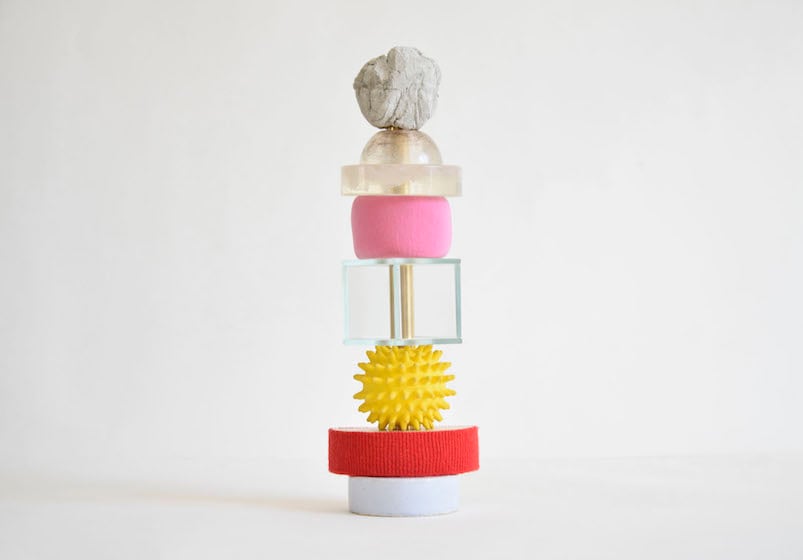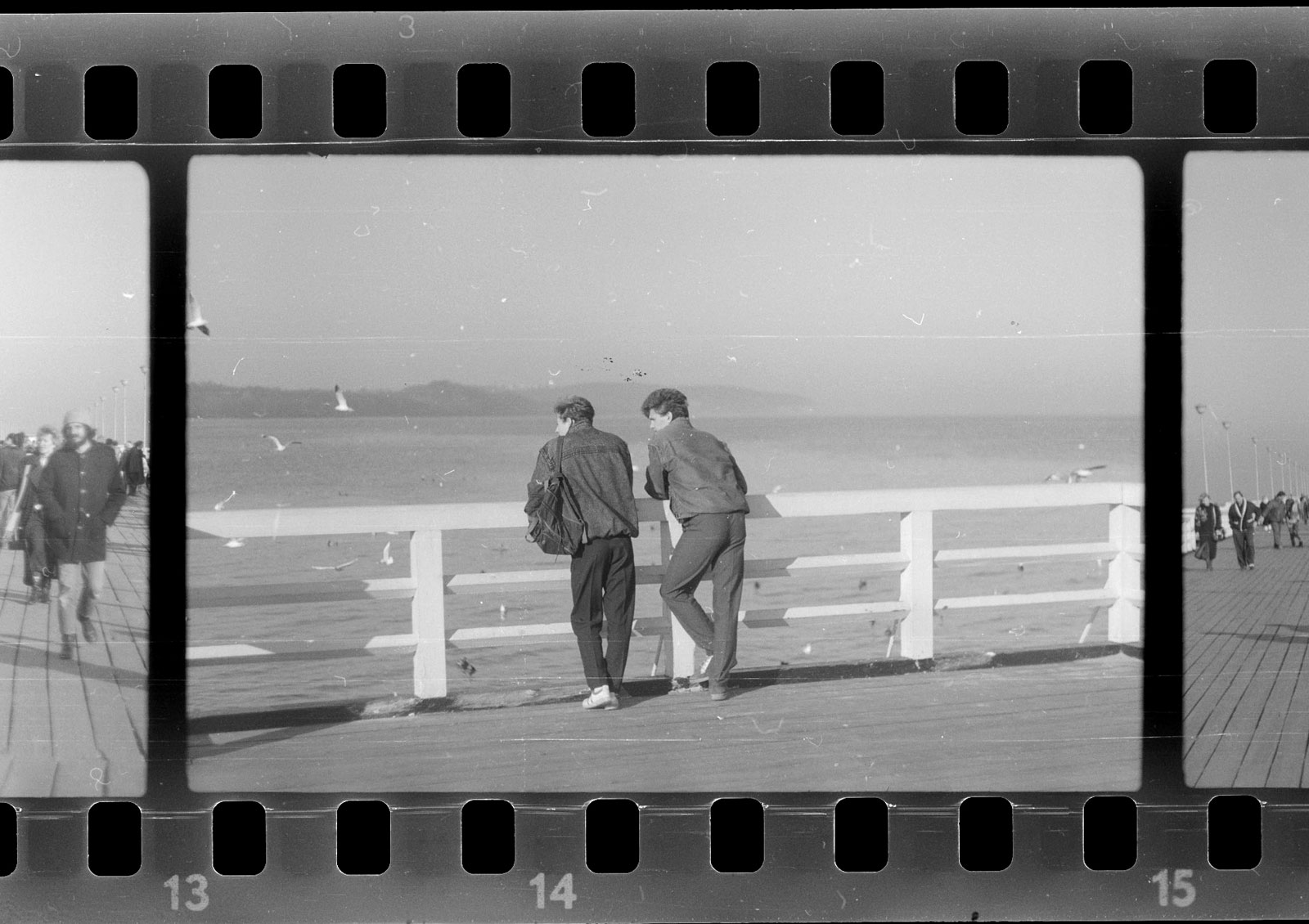The price of choice: what I learned photographing women denied their reproductive rights across the globe
Poland’s draconian abortion laws spurred photojournalist Kasia Strek to showcase the experiences of women in countries where reproductive rights are restricted.
Originally from Poland, Kasia Strek studied French and Anthropology at Jagiellonian University in Krakow before discovering photography at the Academy of Fine Arts in Łódź. She went on to study documentary photography in Poland, France, and Australia, and is now based between Paris and Warsaw. In 2018, Strek received the Camille Lepage On Est Ensemble award for The Price of Choice, an ongoing project on access to abortion in countries in which it is illegal or restricted; she also received the Fondation Jean-Luc Lagardere Scholarship in support of the project. In 2019, her work on The Price of Choice was also exhibited at the Visa Pour l’Image festival.
Strek began The Price of Choice in Poland, but has since added chapters on the Philippines, Egypt, El Salvador, and Ireland. She aims to make it a global story, and in the spring plans to visit the United States and the Democratic Republic of Congo to continue her work. Strek has also shot award-winning projects on environmental issues such as coal mining and farming, and works for publications and organisations such as The New York Times, Time, The New Yorker, Le Figaro Magazine, Le Monde, Libération, Tygodnik Powszechny, Gazeta Wyborcza, Amnesty International and Action Aid France. She is a member of the French collective ITEM.
Dr. Mawaheb al-Mowelhy giving a seminar on the effects of female genital mutilation (FGM) to women at a clinic in a disadvantaged area in Egypt.
How did you get into photography?
I’ve been always interested in art and design but also social issues like anthropology, sociology, and psychology, areas in which the subject is human beings. When I discovered photography, I realised it was the perfect combination of the two. It’s become the way I understand the world and people, and amplify voices.
Why did you start working on abortion?
I want to work wherever there is injustice, wherever some people are being treated differently. Working with the topic of abortion seemed very natural. It’s been under discussion in Poland for many years [Poland’s abortion laws are among the most restrictive in Europe] but then in 2016 the government [the Law and Justice party, which won an outright majority in 2015] proposed legislation to ban it completely. There were large demonstrations against it [200,000 people came out onto the streets], the largest demonstrations to take place since the communist era. I couldn’t be there, but that was the moment I decided I wanted to explore the topic. I didn’t know then it would become such a big project.
The town of Prenzlau in Germany is only 50 kilometers from the Polish border, and the public hospital is one of the main foreign clinics for Polish women needing an abortion.
Can you talk us through women’s rights in Poland. Was abortion legal in socialist Poland? Is contraception readily available today?
Contraception is available but you have to pay, and you have to get everything under prescription except for condoms. Poland is one of the few countries in Europe in which you need a prescription for the morning-after pill. It makes it almost impossible to get emergency contraception because you have to get an appointment with a gynaecologist, which you pay for, within 72 hours [as the morning after pill must be taken within 72 hours after sex, preferably as soon as possible]. Condoms are easy to get but they’re not cheap. The minimum wage in Poland is €523 per month and three condoms cost €5. For students that’s a lot. You can get the pill, but it isn’t cheap either.
Abortion was legal under communism and also very easy to access. If there was no money to have a child, an abortion was no problem. The law changed in 1990, after the end of communist rule, when the Ordinance of April 1990 made access to abortion more difficult [a second, major change came in 1993, when “difficult living conditions” were removed as grounds for abortion].
Abortion is legal in Poland but only if the pregnancy is the result of rape or incest, if the mother’s health is at risk, or if the foetus is severely and untreatably malformed. But even when it’s legal, accessing abortion can be difficult. In the case of rape, you have to prove that you were raped, and prove that the pregnancy is a result of rape. Also, doctors have the right to refuse to do the operation on grounds of conscience] and that can apply to a whole hospital or even a whole region. When I was working on this story three years ago, there was a whole region in the north in which you couldn’t get an abortion. You had to travel 200km to another area, or to another country. In addition, the existing law has been more strictly enforced over the last three years.
Most Polish women at the clinic in Prenzlau are accompanied by their husbands. While Poland has no criminal sanctions for the woman, anyone providing assistance can be charged and sentenced up to three years.
What about sex education?
Personally, I didn’t receive any sex education in school. In fact, the Polish government recently proposed new legislation banning sex education in schools for those under the age of consent (age 15), including education about contraception [dubbed the ‘Stop Paedophilia’ law, this proposed sending teachers who flouted it to five years in prison]. It was condemned by the EU. There are volunteer groups, but only a handful in the whole of Poland.
Is abortion taboo in Poland?
I believe it’s one of the most taboo subjects anywhere, but yes — there is a big stigma around abortion in Poland. It’s considered murder and very few women openly talk about it, even to their families. My project includes a portrait of a well-known singer in Poland [Natalia Przybysz], who talked about her abortion in a feminist newspaper and experienced a wave of hatred afterwards. Her concerts were banned, and she was forced to take on security because she received death threats.
But it has changed over the last three years. There are women who help to provide pills [that induce a chemical abortion] — when I met them three years ago there were very few of them, working out of some basement. When we last met, they were running a workshop in the centre of Warsaw, with speakers from as far away as Canada and England and between 60 and 70 people attending.
Members of women's associations are finalising preparations for the annual feminist march the next day. Each year has a special subject, often directly related to violations of women’s reproductive rights in Poland.
Your project includes shots of a doctor based in Germany who provides abortions for Polish women. Is access to that kind of abortion an open secret in Poland?
Yes, if you google ‘abortion in Germany or Slovakia’ in Poland, you’ll find clinics that have Polish speakers. That particular clinic was the best known and easiest to get to, because it was right on the border – the doctor has since moved, but he’s still very close to the border. He’s supportive and has his own personal contact for Polish women. But there’s also a clinic in Slovakia that organises operations and transport — women wait at 3am at a gas station to get picked up, go and have the operation, and are then dropped off back at the gas station. Everyone knows. It’s just expensive. Let’s say the abortion costs €550, that’s a month’s minimum wage and it doesn’t include the cost of travelling there, staying in a hotel, travelling back, any of that.
Two days before the referendum on abortion in Ireland, a feminist group named Rosa organised an artistic performance: about 40 women in Dublin dressed as characters from The Handmaid’s Tale to raise awareness on reproductive rights.
Why did you decide to expand your project beyond Poland?
I wanted to show different countries, religions, and societies, and show that it’s a global issue. It happens around the world, though in each country it’s shown as a women’s issue. There are more than 120 countries in which abortion is illegal or restricted, and the World Health Organisation states that, in countries where abortion is illegal, maternal mortality is higher. The WHO also estimates that 25 million unsafe abortions take place each year.
I wanted to show that lack of access to abortion is a consequence of a lack of access to sexual education, lack of access to contraception, sexual violence – a patriarchal society in which women’s lives are less important than men’s. It is an expression of power, no matter whether it is in the Philippines or Salvador or Honduras or Costa Rica.
Also, it helps me talk about the issue. No one in my country ever wanted to publish the work I shot on abortion in Poland. But I can show work that relates to it [e.g. shot in other countries].
Dr. Jose Fabella Hospital in Manila, Philippines, is the main and biggest mother’s health medical facility in the country. It is also one of a few facilities that agrees to treat patients with post abortion complications; promptly and without judgement.
What challenges did you come across shooting abortion in other countries?
It’s a difficult story to photograph because it’s so large, but also because it’s taboo and illegal in many countries I work in. It can also be difficult emotionally, because sometimes you’re meeting people who have had to go to prison for years.
Time helps a lot. It’s something that needs time — I can’t imagine doing it in two weeks. I spend two to three months in each country, which gives me time to meet people and meet them several times, and understand the dynamics at work at least a little bit. There’s an international network [of pro-choice activists], so once you get in that network, you have contacts in other countries. People open the door.
In many cases I don’t show the women — it’s not that they will necessarily get arrested, though in some countries they could, it’s more the social stigma they will face. I think that’s obvious. With those who are willing to do portraits, it’s a collaboration. I stay for several hours and we try to figure out how to do it together.
According to a UNICEF report published in 2016, one million children are living in the streets of Cairo and Alexandria in Egypt, and 93% of them say they have been harassed or abused by other children, or even by police.
What was it like to photograph this story in Egypt?
Egypt was very difficult, but Egypt is a difficult country to work in generally; it’s famous for that. Contraception in Egypt is not expensive but you can only get it if you’re married — you have to have a marriage certificate or a ring on your finger. You can get condoms get from the doctor, and they don’t cost much at all. But, at one clinic I went to, I was told that the condoms had been there for so long that eventually a nurse took them, blew them up, and sold them at the zoo as balloons. No man wanted to use them.
Why are you planning to shoot abortion in the US?
In general, apart from Poland, I’ve chosen the countries in which abortion is most restricted [in Ireland the law on abortion subsequently changed]. But I want to include the US because it shows how established laws can be changed and altered when there’s a change of government. The first document Trump signed was to stop US funding to the United Nations Population Fund [which supports family planning and maternal and child health in more than 150 countries]. This was symbolic. It wasn’t the most important document he could have signed. It shows how quickly things can change.
In May, the governor of Alabama signed a law that could punish doctors who perform abortions with life in prison. Georgia, Ohio, Kentucky, Mississippi and Louisiana have passed bills which prohibit abortion after about six weeks, before many women realise they are pregnant. There is also the question of access. For example, there are six states in the US which have only one abortion clinic.
A detention centre for women in Izalco, El Salvador, opened in March 2019 to take inmates from the women’s prison in Ilopango, where the number of prisoners had reached four times the maximum capacity. Some were held because of the severe abortion laws.
Do you think this is a project that only a woman could shoot?
I think a man wouldn’t be able to do it in the way I do. For example, I don’t think women would allow a male photographer into the operating room. But that doesn’t mean they couldn’t do the project.
Something I’d like to say is that, in developed countries such as Poland, Ireland or the US, access to abortion is a problem for the couple and the family. But in developing countries, I’ve found that the women are alone. In Egypt, I met a married woman whose husband said: “I don’t want it, get rid of it, I’m going away for the weekend.” That’s why I wanted to include the photograph of the Polish men waiting for their partners in the clinic — to acknowledge that men are also important, and it’s also their responsibility.
But at the same time, men are not dying because of lack of access to abortion. Men are not dying because of childbirth. It’s the responsibility of both men and women, but the consequences of lack of access to abortion are borne by women.


